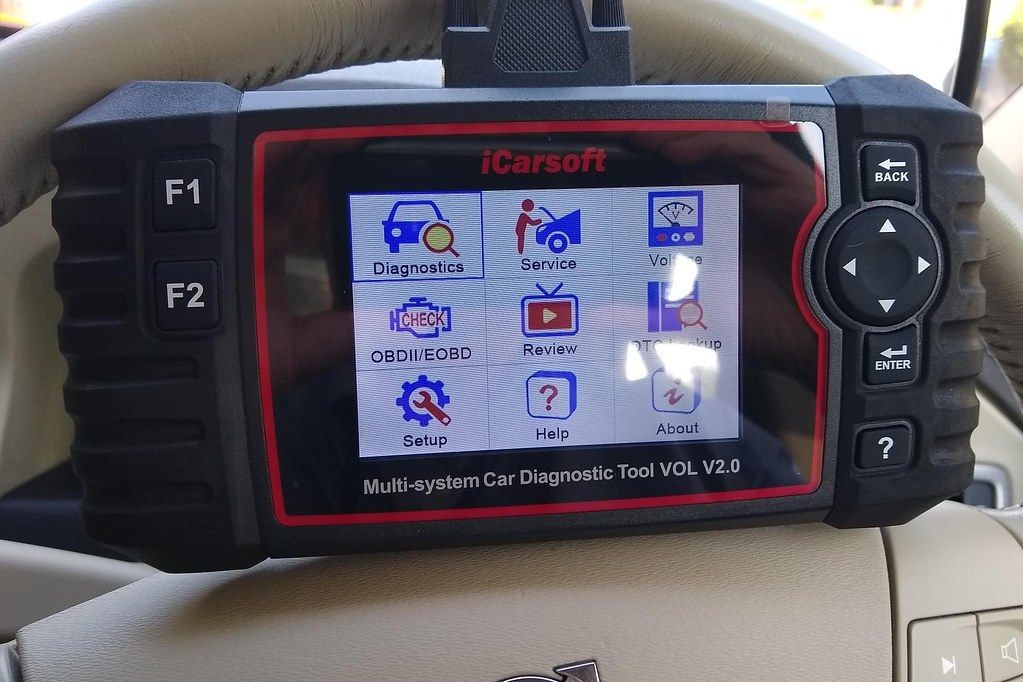Modern cars are complex machines with intricate computer systems. Understanding How To Use A Digital Obd2 Code Reader can empower you to diagnose car problems, potentially saving time and money on repairs. This guide will provide a comprehensive overview of using a digital OBD2 code reader.
Source: Flickr / comedy_nose
Connecting the OBD2 Scanner
Locating the OBD2 port is the first step. It’s typically found under the steering wheel or within the center console, often concealed by a plastic cover. Once located, plug the OBD2 scanner into the port. Many modern scanners utilize Bluetooth, so ensure your device is paired if using a wireless model.
Source: carVertical
Powering Up and Vehicle Selection
With the scanner connected, turn the car’s ignition on. Avoid running unnecessary electrical components like headlights or the radio to minimize power consumption. Although fault codes are stored, running the engine can be beneficial for viewing live data streams from various sensors. Select your car’s make, model, and specific details on the scanner. This allows the tool to correctly interpret data from the vehicle’s control units. Many scanners offer automatic VIN recognition, simplifying this process.
Initiating the Scan and Interpreting Codes
Once the vehicle is identified, choose the fault code reading option. Most scanners allow targeted scans of specific systems or a comprehensive scan of all control units. The scanning process can take anywhere from a few seconds to several minutes. The resulting fault codes, often displayed as alphanumeric sequences, correspond to specific issues. Some codes are straightforward, clearly indicating the faulty component. Others can be more ambiguous, requiring further investigation.
Source: Flickr / shixart1985
Utilizing Live Data
Beyond fault codes, many OBD2 scanners offer live data functionality. This feature displays real-time readings from various sensors, providing valuable insights into the car’s performance. Monitoring parameters like fuel pressure, engine temperature, and oxygen sensor readings can assist in pinpointing the root cause of a problem. For instance, a car experiencing low power might reveal low fuel pressure readings in the live data stream, suggesting a potential fuel pump issue.
Clearing Fault Codes
After addressing the underlying problem, fault codes can be cleared using the OBD2 scanner. This resets the check engine light and allows you to verify if the repair was successful. Remember, simply clearing codes without fixing the problem will only temporarily mask the issue. The check engine light will likely reappear if the fault persists.
OBD2 Scanners and Used Car Purchases
Using an OBD2 scanner when buying a used car can reveal hidden problems. A pre-purchase scan can uncover potential issues not readily apparent during a test drive, empowering you to make a more informed decision.
Conclusion
Mastering the use of a digital OBD2 code reader is a valuable skill for any car owner. It allows you to gain insights into your vehicle’s health, diagnose problems, and potentially save money on repairs. While an OBD2 scanner is a powerful tool, remember that it’s only one piece of the diagnostic puzzle. Professional expertise may be required for complex issues.

